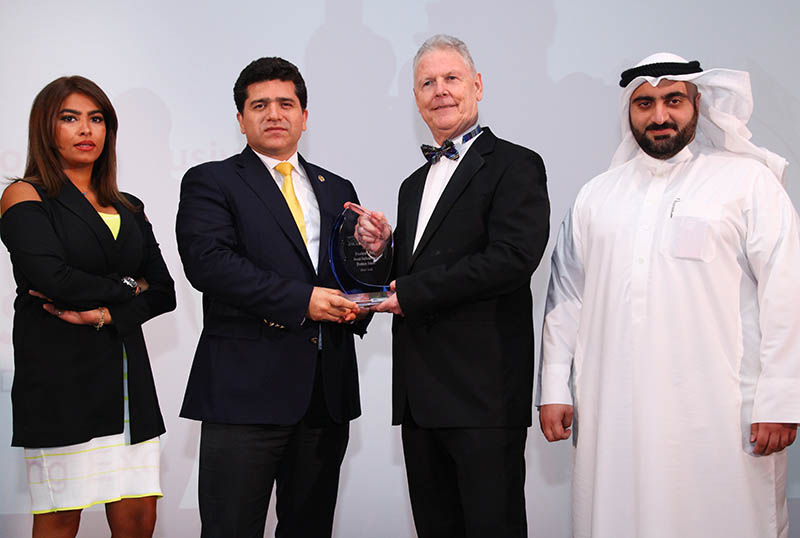 Teleopti, a leading provider of solutions for Workforce Management (WFM), and Servion, a specialist in Customer Interaction Management (CIM) solutions have announced that they have to combine innovative technology and expertise to deliver market-leading technology for enterprises looking to enhance their Contact-Center operations.
Teleopti, a leading provider of solutions for Workforce Management (WFM), and Servion, a specialist in Customer Interaction Management (CIM) solutions have announced that they have to combine innovative technology and expertise to deliver market-leading technology for enterprises looking to enhance their Contact-Center operations.
The Teleopti workforce management solution is designed to enable Contact Centers to deliver differentiated value to their customers first, by simplifying and streamlining internal operations, and second, by controlling costs and fuelling growth. With Servion’s established consulting experience in the domain, and their understanding of both business strategies and customer interaction technology, this partnership will certainly bolster mutual growth in the MEA region “There are several exciting opportunities out there, and while our WFM solution is ready to be deployed in Contact Centers of different environments, integrating technology into strategic plans is usually tricky. That’s where Servion expertise comes in”, says Hossam Amer, Teleopti MEA Regional Manager.
Servion Global Solutions, specialists in CIM solutions helps organizations from different verticals deliver high impact, relevant customer experience at all points of interaction. With over 600 customers and 1000 installations in more than 60 countries, Servion understands the importance of linking Contact Center metrics to business results. “We are constantly taking a hard look at our progress to date, and while the market dynamics keep evolving, we understand that Contact Center success calls for decisive and timely action. The workforce management solution that Teleopti brings through this partnership is of paramount importance for us, helping to take customer service to a whole new level in the region”, says AnilKumar K M, Vice President & Head – MEA.

